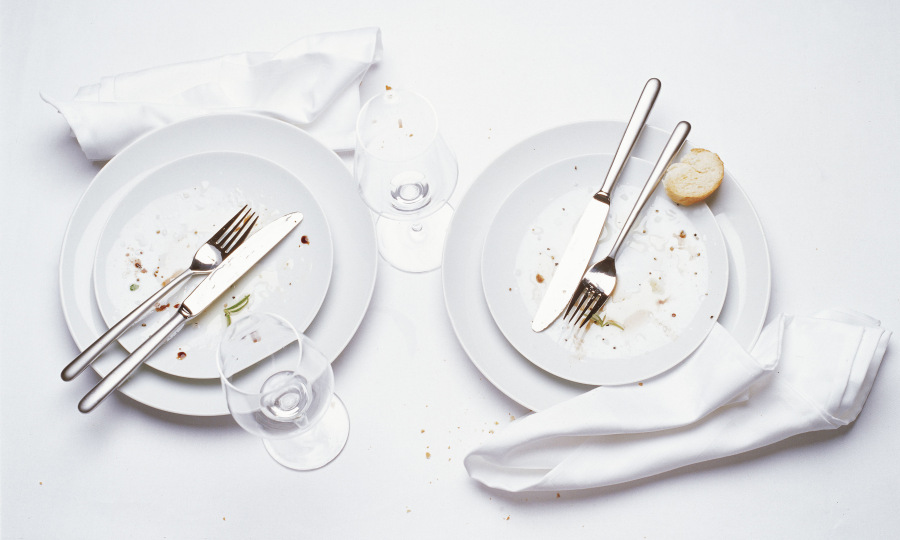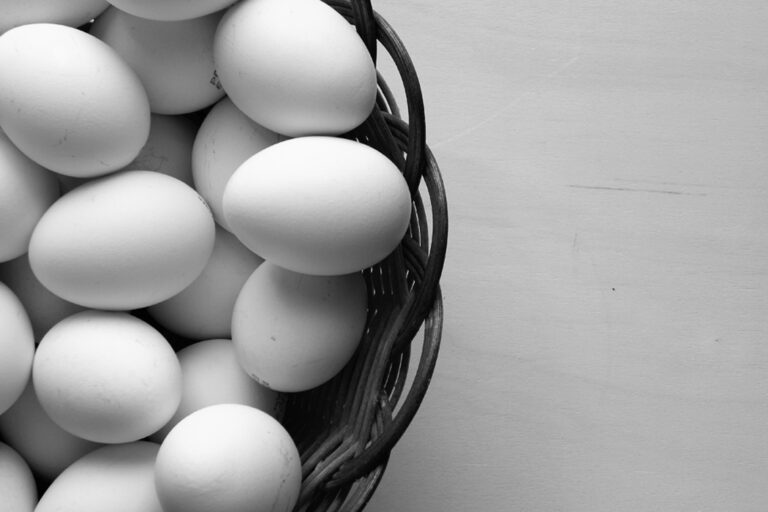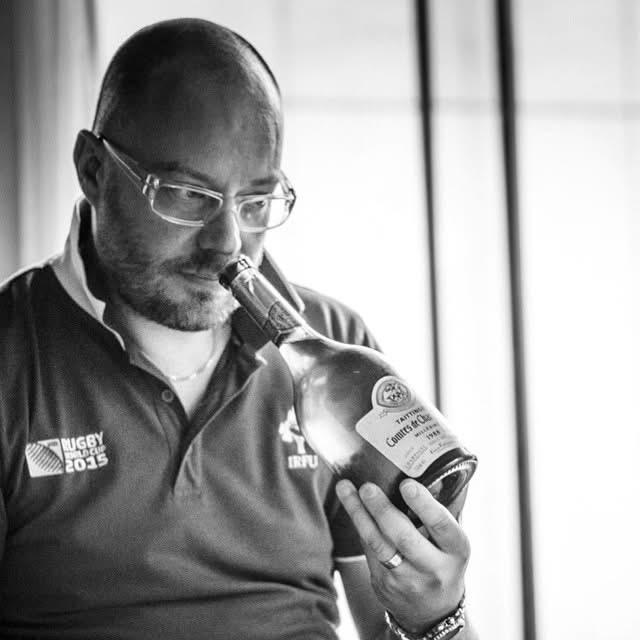When you reach for a flute of champagne, whether to celebrate a special occasion or simply to enjoy a luxurious evening, it’s worth considering the nutritional impact of this sparkling beverage. [read the full champagne story]
Estimated reading time: 13 minutes

Champagne, like other alcoholic drinks, contains calories that can add up, especially if you’re mindful of your energy intake. However, compared to some other alcoholic beverages, champagne can be a lower-calorie option, making it a preferable choice for those who are calorie-conscious.
Understanding the calorie content in champagne involves looking at its serving size. A standard serving of champagne, which is typically around 4 ounces (120 milliliters), generally contains about 80 to 100 calories. These calories are derived mainly from the alcohol and sugars present in the drink. Unlike still wines, champagne undergoes a secondary fermentation process which not only gives it its characteristic bubbles but also affects its calorie content.
In addition to calories, you might also be curious about other nutrition facts of champagne. While it does not offer a significant amount of vitamins or minerals, its composition has traces of certain beneficial compounds such as polyphenols, which are associated with some health benefits. Popularity though it may have at festive gatherings, champagne, as with all alcoholic beverages, should be consumed in moderation to maintain a balanced diet.
What Are Calories?
When you consume champagne or any food and drink, you’re taking in calories, which are units of energy that fuel your body’s functions.
Defining Calories
Calories are a measure of energy that quantifies the amount of fuel the body requires and uses. One calorie is formally defined as the amount of energy needed to raise the temperature of one gram of water by one degree Celsius. For your daily functioning, including physical activities and maintaining bodily processes, you rely on the energy provided by calories.
Caloric Content in Alcohol
Alcohol, including champagne, contains calories that contribute to your daily caloric intake. Ethanol, the type of alcohol found in alcoholic beverages, has a caloric density of 7 calories per gram, which is almost double the calories per gram of carbohydrates or proteins. Here’s how champagne stacks up:
- Standard serving of champagne (about 5 ounces): Typically contains between 80 to 100 calories.
- Daily intake: The number of calories you should consume from alcohol will depend on your total daily calorie needs and dietary guidelines that suggest moderation.
Remember, while alcohol contains calories, it lacks the nutrients your body needs for optimal health.
Understanding Champagne
When you enjoy a glass of champagne, you’re not just having a drink; you’re indulging in a beverage with a rich history and specific classifications that influence its calorie content.
Champagne Types
Champagne is a type of sparkling wine, but not all sparkling wines qualify as champagne. To be called champagne, the wine must come from the Champagne region of France and adhere to strict production standards. The types of champagne are mainly differentiated by their sugar content, which impacts their calorie count. The main types are:
- Non-Vintage (NV): These champagnes are a blend of grapes from multiple years and offer a consistent house style.
- Vintage: Made from grapes harvested in a single year, these are produced only in exceptional vintages.
- Rosé Champagne: Obtained by either blending red and white wines or via skin contact with red grapes, rosé champagnes tend to have a wider calorie range due to varying sweetness levels.
For calorie-conscious individuals, the amount of residual sugar in champagne is pivotal. Brut Nature varieties have up to 3 grams of residual sugar per liter, resulting in lower calorie content. In contrast, Extra Dry champagnes, despite the name, are slightly sweeter than Brut, containing 12-17 grams of sugar per liter, which leads to a higher calorie count.
Label Terminology
Understanding the terminology on champagne labels is crucial for determining its calorie content. Here’s a brief guide:
- Brut: It’s a popular term that signifies a dry style with less than 12 grams of sugar per liter; calories are moderate.
- Extra Brut: With 0-6 grams of sugar per liter, expect a drier taste and fewer calories compared to Brut.
- Demi-Sec: Significantly sweeter, containing 33-50 grams of sugar per liter, hence higher in calories.
- Doux: This is the sweetest type with more than 50 grams of sugar per liter, and consequently, it has the highest calorie content.
The alcohol content in champagne is typically around 12%, which also contributes to its calorie total. The key is to balance your enjoyment of champagne with your dietary calorie goals. Remember, the dryer the champagne (Brut Nature or Extra Brut), the lower the calorie content.
Nutritional Facts of Champagne
In understanding champagne’s nutritional content, it’s important to focus on its calorie count, macronutrient balance, and the presence of micronutrients that may contribute to your overall dietary intake.
Calorie Breakdown
A standard serving of champagne, which is approximately 5 ounces (150 milliliters), contains about 90 to 125 calories. These calories are primarily derived from the alcohol and carbohydrates present in the champagne.
Macro-nutrients
Champagne has a simple macronutrient profile. Here is a breakdown per standard serving:
- Protein: 0 grams
- Fat: 0 grams
- Saturated fat: 0 grams
- Monounsaturated fat: 0 grams
- Polyunsaturated fat: 0 grams
- Carbohydrates: 1 to 4 grams
- Sugar: 1 to 2 grams
- Fiber: 0 grams
These figures can slightly vary depending on the specific type and brand of champagne you are consuming.
Micro-nutrients
Champagne contains small amounts of certain micronutrients. Here is a table of the typical micronutrient content in a standard serving:
| Nutrient | Amount |
|---|---|
| Sodium | 5 mg |
| Potassium | 99 mg |
| Calcium | 14 mg |
| Iron | 0.4 mg |
| Vitamin D | 0 IU |
| Vitamin A | 0 IU |
| Vitamin C | 0 mg |
These nutrient values are estimates and can vary. Champagne is not a significant source of vitamins or minerals, but it adds a minimal amount to your dietary intake. It’s best to rely on a variety of foods for your nutritional needs.
Champagne Serving Sizes
When enjoying champagne, understanding the serving sizes helps you manage your caloric intake effectively. The calories listed are an average and can vary depending on the specific type of champagne.
Standard Serving
A standard serving of champagne is typically 4 ounces. This size is what you’ll usually get if you’re at a social event or a restaurant. For a common brut (dry) champagne, this serving equates to an average of about 90 calories. It’s important to note that the sweeter the champagne, the higher the calorie count per serving.
- Serving size: 4 oz
- Calories: ~90 cal
Bottle Serving
A standard bottle of champagne holds about 750 milliliters (ml), which is around 25.4 ounces. This equates to approximately six standard servings. Therefore, a full bottle will contain about 540 calories on average. Keep in mind that if you’re sharing the bottle or indulging in one by yourself, these calories can add up.
- Bottle size: 750 ml / 25.4 oz
- Total servings per bottle: 6
- Total calories per bottle: ~540 cal
When monitoring your consumption, consider the frequency and quantity of champagne servings you enjoy, as this can play a significant role in your overall calorie intake.
Comparing Alcoholic Beverages
In evaluating calorie content, it’s important to understand how champagne stands up against other alcoholic options.
Champagne Vs. Other Wines
Champagne typically contains fewer calories than many still wines. A standard 5-ounce serving of champagne contains approximately 90-95 calories, mainly from the alcohol and sugars. In comparison, the same serving size of table wine averages about 125 calories. This variation is due to the higher alcohol content and residual sugars found in table wines. Here’s a quick nutritional summary for a 5-ounce serving:
- Champagne: ~90-95 calories
- Table Wine: ~125 calories
Champagne Vs. Spirits and Beers
When you compare champagne to spirits such as whiskey or vodka, note that these are typically consumed in smaller servings due to their higher alcohol content. A standard 1.5-ounce shot of whiskey or vodka contains about 97 calories and no carbohydrates, while the same volume of champagne would be significantly less calorie-dense.
In contrast, beer calories can vary widely. A 12-ounce serving of light beer has around 100-110 calories, similar to champagne, but regular beers can have upwards of 150 calories or more. A 12-ounce serving of margarita usually has significantly more calories than champagne, often surpassing 200 calories due to added sugars and larger serving sizes.
Here is a comparison table for a clearer overview:
| Beverage | Serving Size | Calories |
|---|---|---|
| Champagne | 5 oz | 90-95 |
| Table Wine | 5 oz | 125 |
| Whiskey | 1.5 oz | 97 |
| Vodka | 1.5 oz | 97 |
| Light Beer | 12 oz | 100-110 |
| Regular Beer | 12 oz | 150+ |
| Margarita | 12 oz | 200+ |
Keep in mind that these are average values and actual calorie counts can vary depending on the specific brand and beverage composition.
Role in Diet and Weight Loss
Consuming champagne can be part of your diet and potentially support your weight loss efforts when approached with awareness of its caloric content and the practice of moderation.
Calories and Weight Management
Champagne, like all alcoholic beverages, contains calories that can add up quickly if not monitored. A typical serving size of champagne, which is about 5 ounces (150 milliliters), contains approximately 90-100 calories. When you’re keeping track of your daily caloric intake, it’s essential to consider these calories as part of your diet regimen.
- Nutrition Facts: Champagne’s calories primarily come from alcohol and carbohydrates.
- Weight Management: To incorporate champagne without hindering weight loss, account for these calories within your daily values.
Here’s a simple breakdown of calories found in champagne:
| Serving Size | Calories |
|---|---|
| 4 oz | 80-84 |
| 5 oz | 100-105 |
| 6 oz | 120-126 |
Champagne in Moderation
Moderation is key when including champagne in your diet, especially if your goal is weight loss. Drinking too much can lead to consuming excess calories and may negatively impact your weight loss effort.
- Strategy: Consider limiting your intake to 1-2 glasses during special occasions.
- Balance: If you indulge, adjust your caloric intake elsewhere in your diet, or increase your physical activity to compensate.
Selecting Champagne for Health
When choosing champagne, considering the calorie content and nutritional value is crucial to align with your health goals.
Low-Calorie Options
Champagne can be a lower-calorie option compared to other alcoholic beverages. Typically, a standard serving size of 5 ounces (approximately 150 milliliters) contains about 90 to 100 calories. To select a low-calorie champagne, look for terms like “Brut Nature” or “Ultra Brut” on the label, which indicates very low sugar content and fewer calories.
Calories per 5-ounce serving:
- Brut Nature Champagne: 65-90 calories
- Extra Brut Champagne: 60-85 calories
- Brut Champagne: 80-100 calories
Remember that these values are approximate and can vary slightly between brands.
Health Considerations
When evaluating champagne for its health impact, it’s important to understand its nutrition facts. Champagne is essentially free of fats, including total fat and trans fat. It is also low in carbohydrates, with most brut champagnes containing less than 2 grams of sugars per serving. While champagne does provide some trace minerals, it’s not a significant source of vitamins or minerals. You should also be aware of your recommended daily intake (RDI) for sugars and overall calorie intake.
Nutritional facts per 5-ounce serving:
- Total Carbohydrate: Usually less than 2 grams
- Sugars: Less than 2 grams
- Total Fat: 0 grams
- Trans Fat: 0 grams
Limiting your consumption is key, as too much alcohol can negate any potential benefits. Drink champagne in moderation, aligning with the dietary guidelines for alcohol consumption.
Responsible Consumption
When enjoying champagne, it’s crucial to consume it responsibly to maintain both your health and social well-being. Employing food database or calorie counter tools can guide you in understanding the caloric content and make informed decisions.
Know Your Limits
The Dietary Guidelines for Americans recommend that if alcohol is consumed, it should be in moderation—up to one drink per day for women and two drinks per day for men.
Tracking Calories
- Champagne typically contains about 80-120 calories per 4-ounce serving.
- Utilize a calorie counter to incorporate these calories into your daily intake.
Health Considerations
As an alcoholic beverage, champagne can impact blood sugar levels and cognitive functions. Chronic heavy drinking may have adverse health effects.
Alcoholic Content
Understand the alcoholic content to gauge its effects:
- A standard serving of champagne has approximately 12% alcohol by volume.
Balance with Hydration
Drink plenty of water alongside champagne to stay hydrated. Alcohol can lead to dehydration, impacting your overall health.
Remember, moderation and awareness are key to responsible alcohol consumption. Use reliable tools to stay informed about what you’re drinking.
Sources and References
When considering calorie content and nutritional information of champagne, it’s essential to source data from credible and reliable references. Food labels and databases with a focus on detail can guide you to make informed decisions. The accuracy of the information you rely on is paramount to ensure that your understanding of champagne’s nutritional facts is precise and useful.
Understanding Food Labels
Food labels provide you with immediate information about the nutritional content of champagne, including calorie counts. It is important that you:
- Look for the serving size: This tells you the amount of champagne that the nutritional facts are based on.
- Check for nutritional breakdown: This includes calories, carbohydrates, and alcohol content.
Labels are standardized to some extent but may vary from country to country. When reading labels, be mindful of trademarks and copyright notices, as they indicate ownership of the brand or unique marketing claims. Food labels are crafted with attention to completeness and accuracy to ensure they serve your informational needs in good faith.
Data Accuracy and Reliability
For more comprehensive insight into champagne’s nutritional facts, food databases and search tools can be utilized. You should consider the following:
- Verify database integrity: Reliable food databases are maintained by authorities or organizations that ensure data accuracy and completeness.
- Evaluate the source: Information from a trusted food database or provided by a physician should be considered more reliable than anecdotal evidence.
- Understand limitations: Even the most comprehensive databases may lack information on all available champagne brands or specific batches.
The photos and information provided in databases should be used as a guide, keeping in mind that intellectual property rights may protect the images. Limitations to the accuracy of this information exist, but databases typically aggregate data in good faith to assist your nutritional considerations. When conducting food searches, ensure that the databases respect any trademarks and adhere to copyright laws.
Frequently Asked Questions
Understanding the caloric content in Champagne can help you make informed choices about your beverage consumption. This section answers your questions on calories in Champagne compared to other drinks and the differences among Champagne types.
How many calories are in a typical serving of Champagne?
A typical serving of Champagne, which is about 5 ounces, typically contains approximately 90-100 calories.
What is the difference in calorie content between Champagne and Prosecco?
Champagne and Prosecco have similar calorie contents, with Prosecco averaging slightly fewer calories at about 80-90 calories per 5-ounce serving, compared to Champagne’s 90-100 calories for the same serving size.
Is there a significant calorie difference between Champagne and other types of wine?
The caloric difference between Champagne and other types of wine is minimal. A standard serving of still wine, both red and white, ranges from 120 to 130 calories, making Champagne slightly lower in calories.
What is the nutritional content, including calories, of Brut Champagne?
Brut Champagne is lower in sugar and contains around 90-100 calories per 5-ounce serving. Due to the lower sugar content, it is one of the lower-calorie options in the Champagne category.
Can you compare the caloric content of Champagne to that of a 750ml bottle?
A full 750ml bottle of Champagne contains about 500-600 calories, which equates to roughly six servings. This depends on the sugar content and specific style of Champagne.
Which variety of Champagne is considered the best option for lower calorie intake?
For a lower calorie intake, opt for Brut Nature or Extra Brut Champagne, as these have the lowest sugar content and therefore, fewer calories, typically around 65-80 calories per serving.





